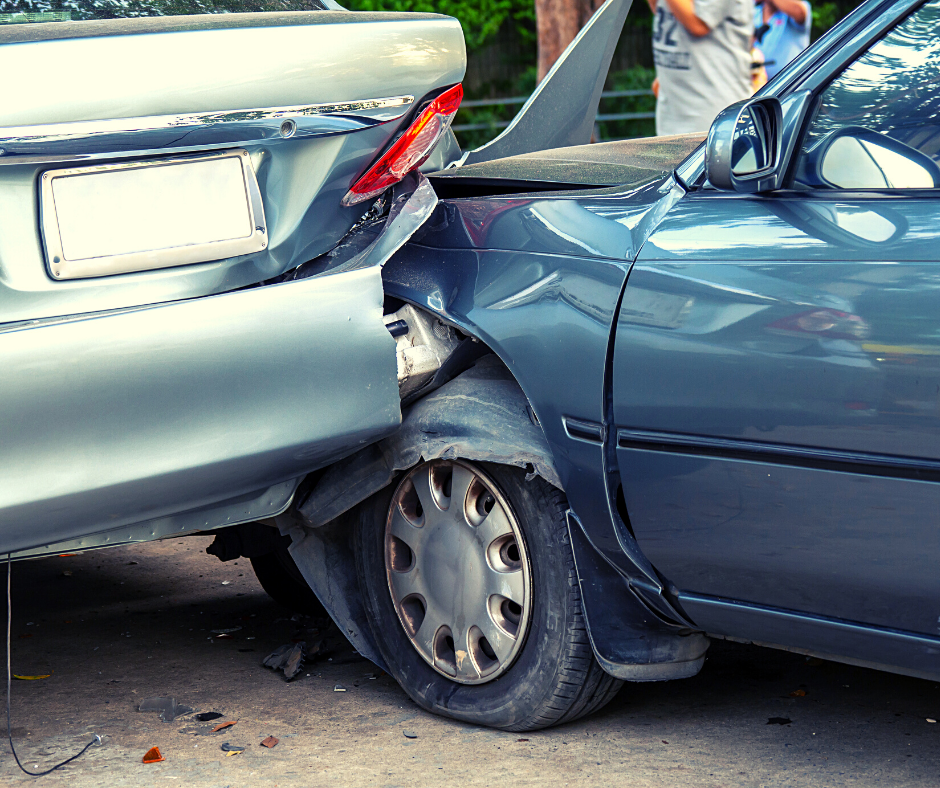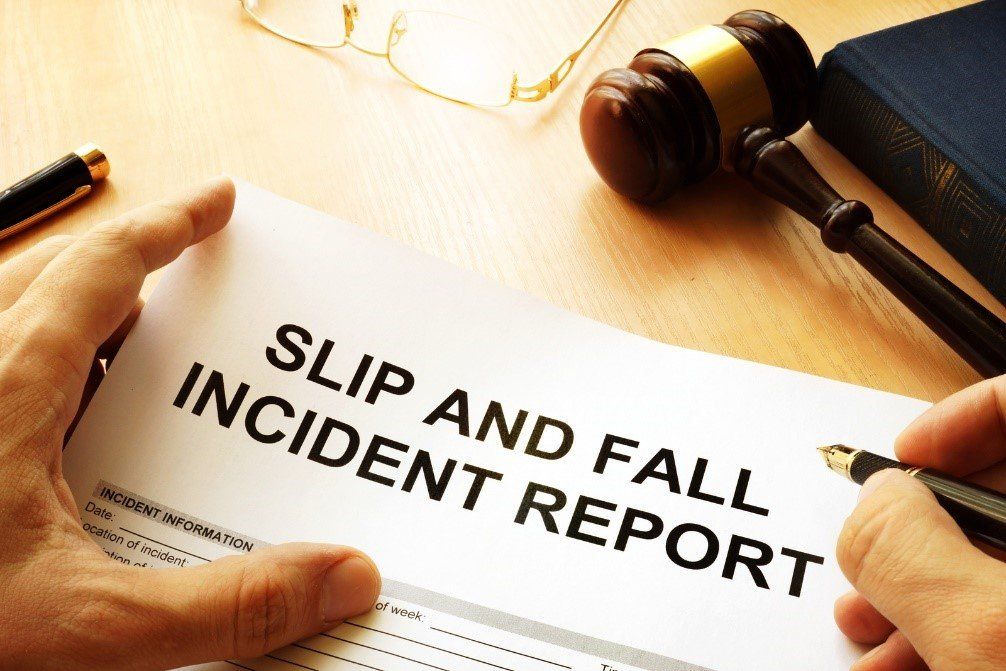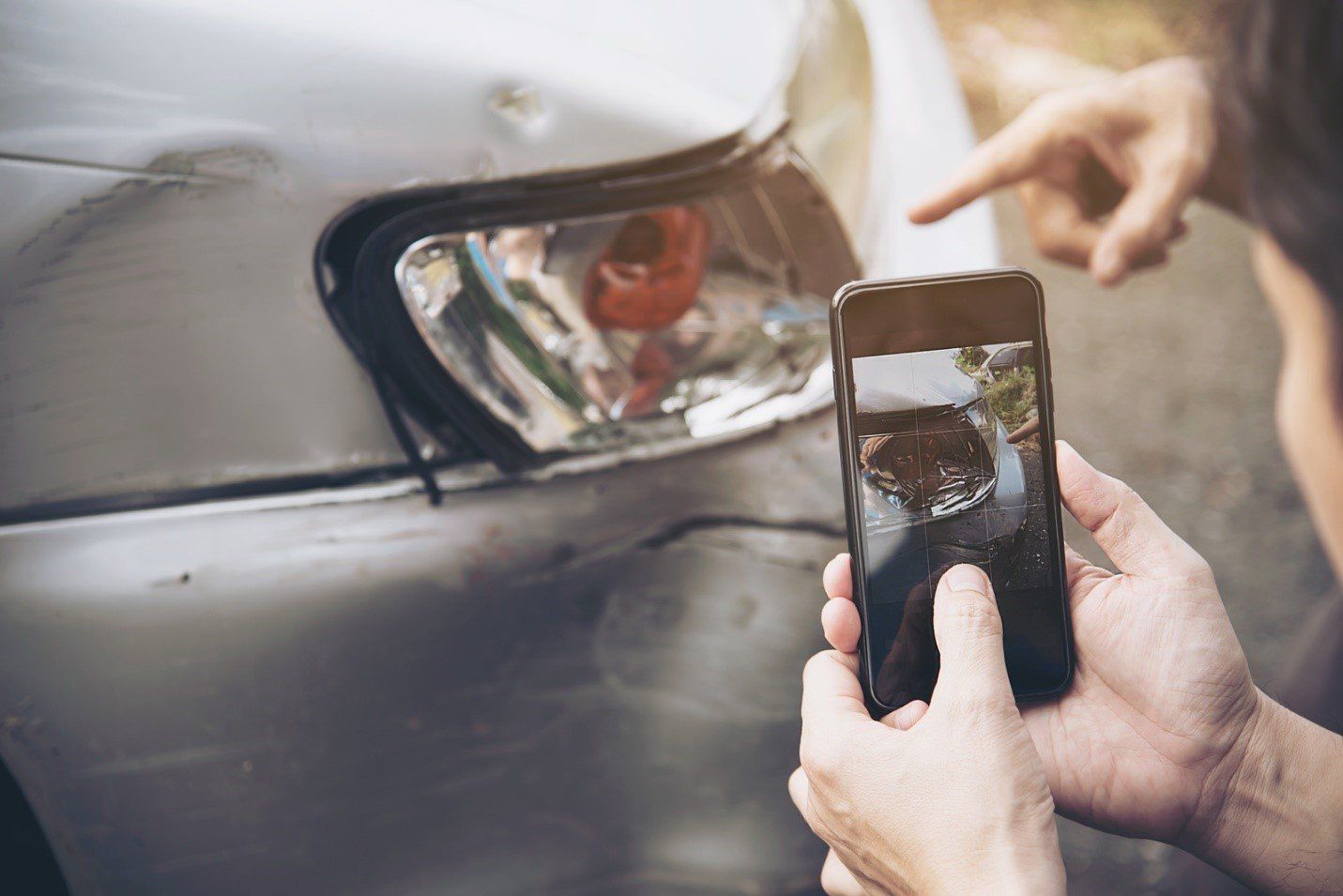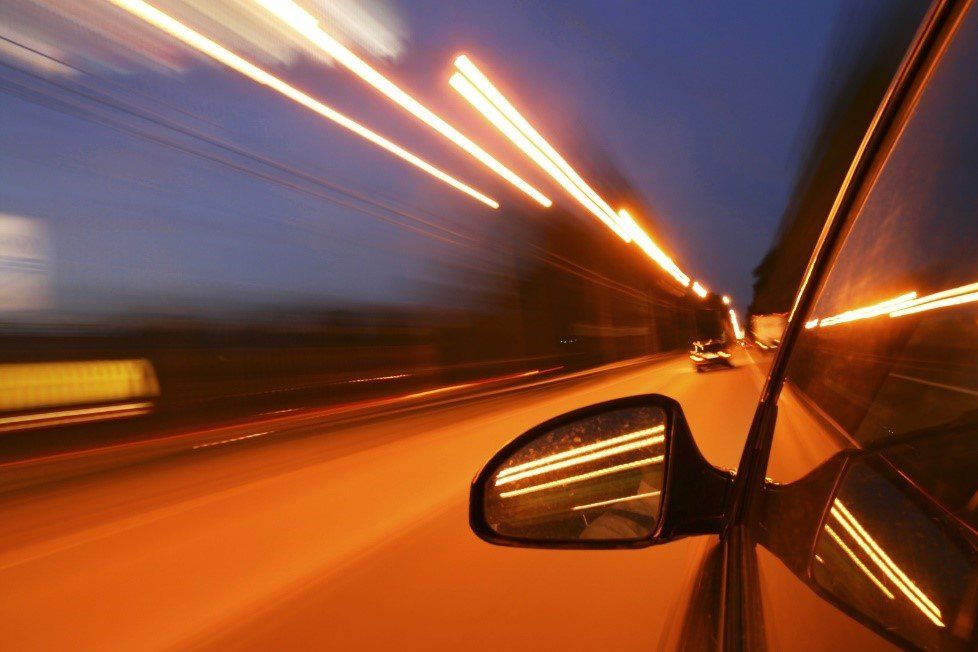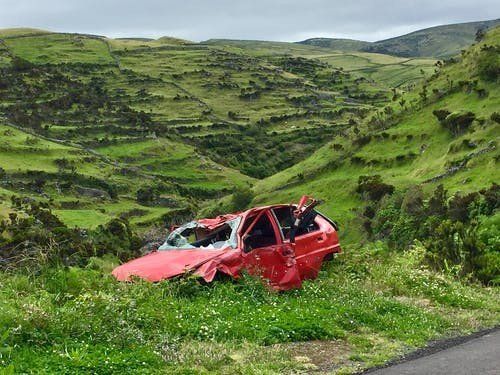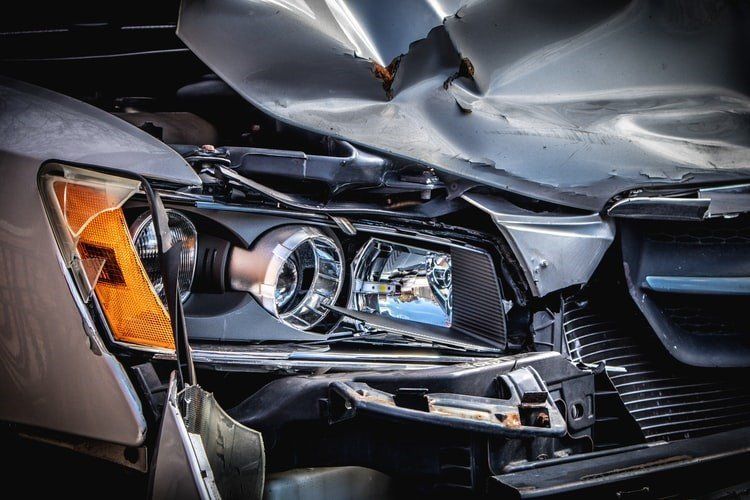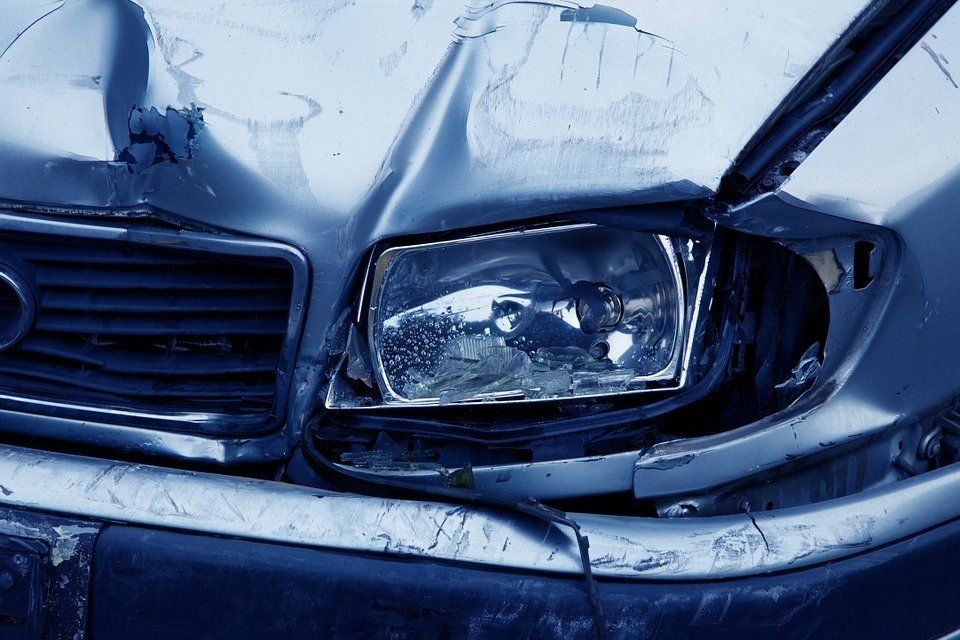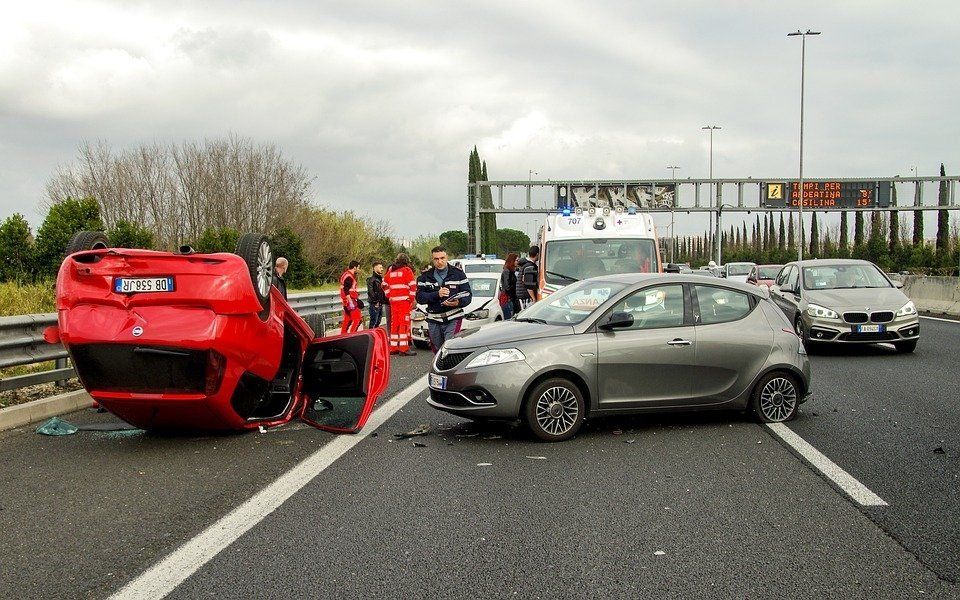Investigating Slip and Fall/Trip and Fall Incidents
The World Health Organization (WHO) reports that falls are the second leading cause of accidental or unintentional injury deaths globally. Every year, about 646,000 fatalities result from falls worldwide, while 37.3 million falls are severe enough to warrant medical attention.
When it comes to studying and investigating falls, you need to understand how individuals typically move when walking, the mechanics of the interaction between an individual’s foot and the surface they’re walking on, and the types of obstacles that make certain surfaces unsafe to walk on. Hence, investigating slip and fall/trip and fall incidents is typically a multidisciplinary process that involves biomechanics, mechanical and civil engineering, and physics.
Understanding the Gait Cycle
The gait cycle for human beings starts and ends with the heel of one foot striking the ground and is divided into two phases—the stance phase (when the individual’s foot is in contact with the ground), which is about 60 percent of the cycle, and the swing phase (when the individual’s foot is lifted off the ground and swung through the air) which is the remaining 40 percent of the cycle.
That said, a more detailed understanding of a human being’s gait cycle outlines seven stages:
- Heelstrike: The point at which a person’s heel makes first contact with the ground.
- Flatfoot: The point at which the complete sole is in contact with the ground. The body’s center of mass moves forward toward the planted foot.
- Midstance: The point at which the body’s center of mass passes over the foot on the ground and the other foot is lifted off the ground.
- Push off: The point at which the toes push off and the planted foot’s heel begins to rise.
- Acceleration: The point at which the foot rises and gains speed.
- Midswing: The point at which the foot is completely off the ground and moves toward the body’s center of gravity.
- Deceleration: The point at which the foot’s speed slows down and the foot is lowered to the ground, heel first.
It’s important to understand that both slips and trips occur due to various mechanisms, meaning they can occur at any point during the gait cycle.
Slip and Falls
A slip is the result of insufficient friction between the individual’s foot and the ground, meaning the person cannot complete a normal gait cycle. As a result, the person’s foot slides on the surface.
In terms of the gait cycle, slips tend to occur most frequently at the heelstrike stage—the person’s heel slides forward, causing the individual’s center of mass to be displaced rearward.
Trip and Falls
A trip, on the other hand, is the result of the person’s foot making contact with a change in elevation or discontinuity in the walking surface. Trips tend to occur most frequently at the midswing stage of the gait cycle. As the person’s foot swings forward, it encounters a discontinuity in the surface, causing the body to undergo a forward rotation, leading to a forward displacement of the individual’s center of mass.
TLS Forensic Engineering—Trusted Biomechanics and Injury Analysis Experts
We are leading experts in the field of injury and accident reconstruction. With our complete mechanism for accident reconstruction and injury analysis, we can provide you with a detailed understanding of the sequence of events in slip and fall/trip and fall cases.
Get in touch with our team for more information.
